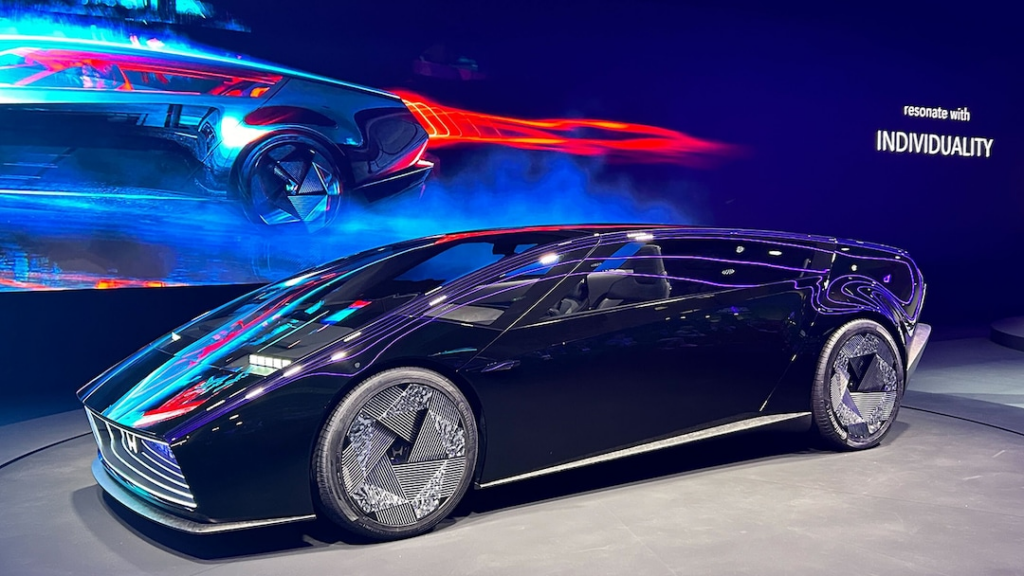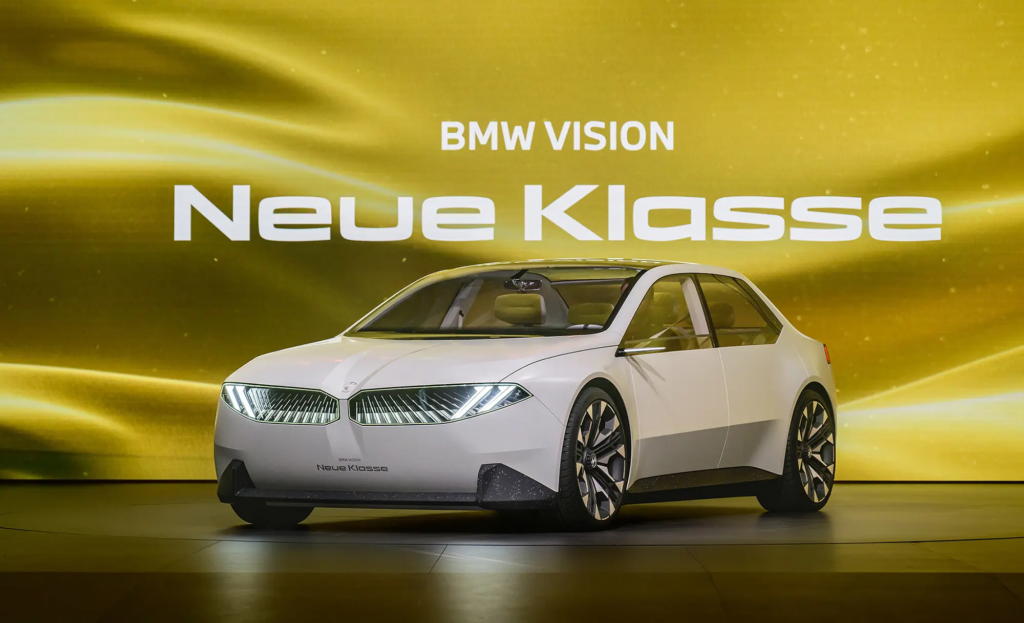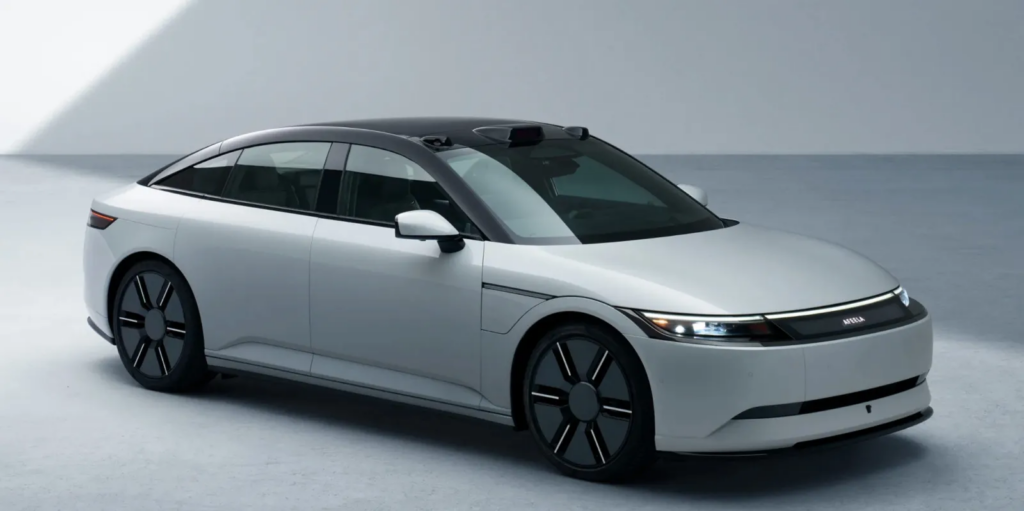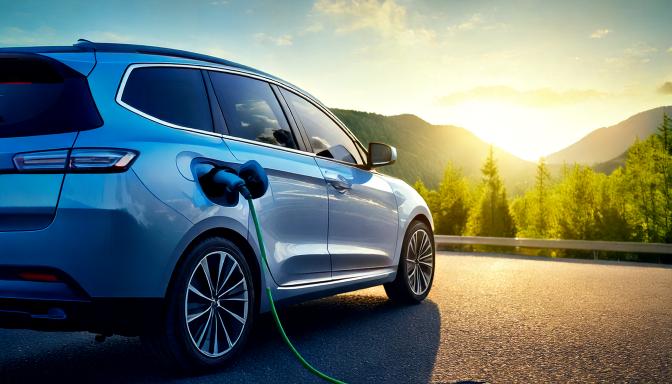The electric vehicle (EV) world continues to evolve rapidly, with major strides being made at CES 2025. The show floor is buzzing with exciting new developments, from Volkswagen’s partnership with Tesla to Honda’s futuristic EV lineup. We’ll explore the latest updates in EVs, including advancements in charging, autonomous driving, and in-car technology that are shaping the future of electric mobility.
What’s Happening & Why This Matters
Volkswagen and Tesla Supercharger Access

Volkswagen is making a significant move by gaining access to Tesla’s Supercharger network starting in June 2025. This deal opens up nearly 18,000 additional charging stations for VW drivers in the U.S., enhancing convenience for current and future EV owners. Volkswagen’s ID.4 and ID.Buzz models will be among the first to benefit, with the ID.7 sedan expected in 2025. The partnership also means that by 2026, more EVs will come with the Tesla NACS port, eliminating the need for adapters at Supercharger stations.
The news comes after announcements with other automakers, including Ford and Rivian, securing access to Tesla’s Superchargers in 2024. VW’s entry into this collaboration ensures even broader access to fast-charging infrastructure, which is critical for easing the transition to electric vehicles.
Honda’s 0 Series EVs and Level 3 Self-Driving

Honda unveiled its 0 Series of EVs at CES 2025, which includes an SUV and sedan with a futuristic twist. Slated for release in 2026, these vehicles will feature cutting-edge technology, including a new AI chip, an advanced operating system, and Level 3 self-driving capabilities. This means the driver can take their hands off the wheel and perform other tasks while driving under certain conditions, a step above the Level 2 systems currently used by competitors.
Also, Honda’s 0 Series cars will have a thin, efficient battery that can be charged quickly and include an NACS charge port for Tesla Supercharger compatibility. Honda’s ambitious vision for these vehicles also includes the potential to act as “virtual power plants,” selling energy back to the grid when demand is high, offering a smart solution for energy management at home.

BMW’s New Dashboard Interface
BMW is taking in-car technology to the next level with its “Neue Klasse” platform, which introduces a smartphone-inspired dashboard interface. The Panoramic iDrive UI includes three displays that integrate touch controls, voice commands, and a heads-up display. This new interface, built on Google’s open-source Android software, allows for extensive customization, making it as intuitive as a smartphone.

BMW’s new system, Operating System X, will debut in the upcoming Neue Klasse vehicles. It will combine convenience with advanced tech to create a seamless experience for drivers. The integration of Alexa Custom Assistant will allow hands-free controls, enhancing the driving experience with personalized commands.
Sony and Honda’s Afeela EV
Sony and Honda’s collaboration brings the Afeela 1, an AI-powered EV set to go on sale in 2025. The Afeela 1 comprises 40 sensors, including optical cameras, radar, lidar, and ultrasonics, offering advanced driver assistance systems (ADAS) with a potential 300-mile range. In addition to its tech capabilities, the Afeela 1 focuses on in-car entertainment with a spatial sound system supporting Dolby Atmos and a partnership with Spotify and Audible for content delivery.

The Afeela 1 will also feature a subscription model for some of its services, including access to AI assistants and the ability to customize the car’s UI theme. This partnership is designed to blend cutting-edge entertainment and autonomous driving features, providing buyers with a unique EV experience.
Audi’s New Electric SUVs
Audi is also making waves with its new Q6 and SQ6 electric SUVs, which debuted at CES 2025. These vehicles are designed for those who prioritize comfort and performance, with air suspension for a smooth ride and a sleek, futuristic interior. The SQ6 variant brings more power and enhanced features like massaging seats, LED headlights with digital running lights, and advanced infotainment systems.
These models, built on the same PPE platform as the Porsche Macan, are not just about raw power but offer a balanced, refined driving experience suitable for long-distance travel and everyday use. Audi’s focus on versatility in these models reflects the growing demand for EVs that can cater to both performance and comfort.

TF Summary: What’s Next
The future of electric vehicles looks brighter than ever, with automakers like Volkswagen, Honda, BMW, and Audi pushing boundaries in charging infrastructure, autonomous driving, and in-car tech. Volkswagen’s Supercharger access and Honda’s plans for Level 3 self-driving systems are just the beginning of an industry-wide transformation. As EVs continue to integrate AI, improve charging capabilities, and offer new user experiences, 2025 is set to be a pivotal year for electric mobility. Keep an eye on these developments as they roll out over the next few years — electrification is here to stay and the journey is continuing.
— Text-to-Speech (TTS) provided by gspeech


